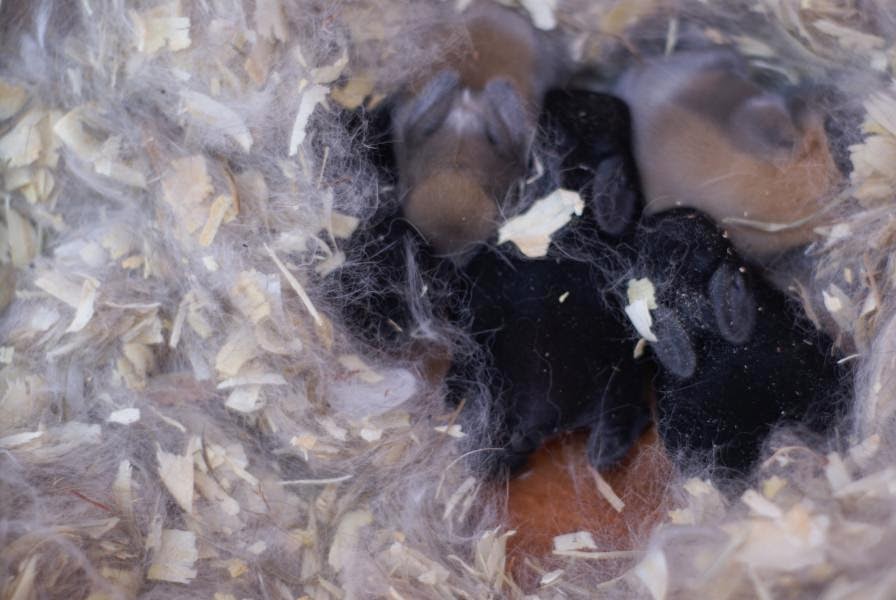I don't really trust it. I haven't been able to test it to confirm that it actually comes on at 35*. Not to mention that that is awfully close to freezing. Even if it does come on and the temperature is dropping fast, the greenhouse might not heat up in time to keep the plants alive.
The red thermostatically controlled outlet is supposed to come on at 78* and got off at 70*. I was actually outside one day and heard the fans shut off. I checked the temperature in the greenhouse and it was 67*. That's 3 degrees off from what it's supposed to be (assuming my other thermometer is correct). I can live with that for fans, not for the heat.
As a result of this I've had to manually turn the heater on at night and off in the morning. That's really inconvenient.
I found the solution in the home brewing community. Home brewers need to keep their fermentation vessels at a specific temperature and there's a nifty device called an STC-1000 that will do just that. There are a lot of forum posts, blogs, and youtube videos on how to use the thing. I went by this one.
The STC-1000 has a temperature sensor and two relays. It turns one one for heat and other to cool. It's exactly what I needed.
I also needed an old computer power cord, a receptacle, a wall plate, wire, a wire nut, and a 6x4x2 project box from Radio Shack.
The first step was to cut holes in the project box. I used a Dremel to cut a hole in the lid for the receptacle and a hole in the end of the box for the STC-1000.
I set the temperature on it to 4.4*C which is 40*F. I plugged a light into the heat outlet, put the sensor in the freezer and waited. When the panel hit the desired 4.4* the light came on.
My solution was to continue using the red thermostatically controlled outlet that I already had. I plugged it into the cold outlet. I plugged the heater and a light bulb into the hot outlet. The light will make it easy for me to know when the heat is on.
Bonus tomato picture:
It's a good thing that we're getting close to our last frost date. These things have gotten huge!


























